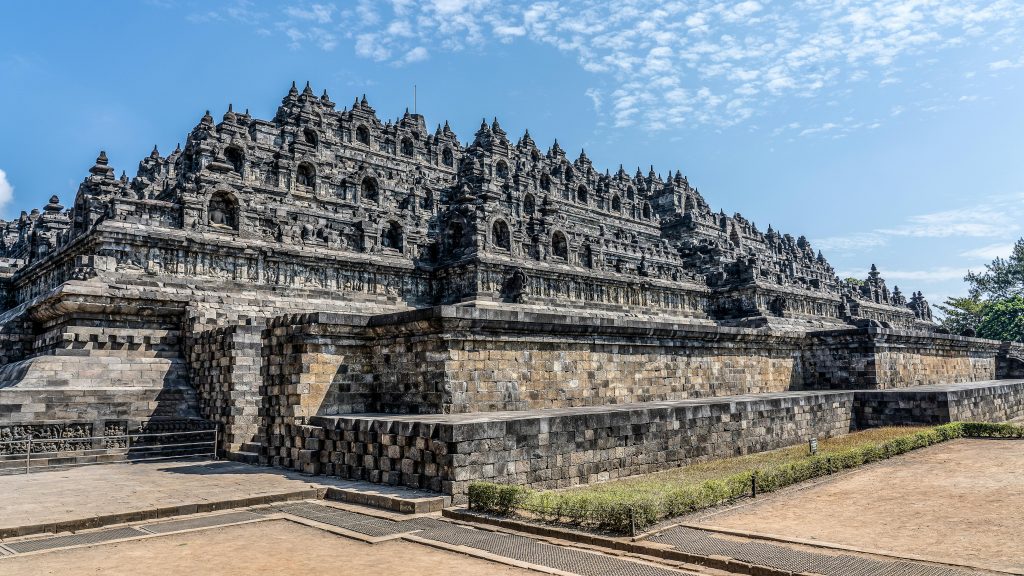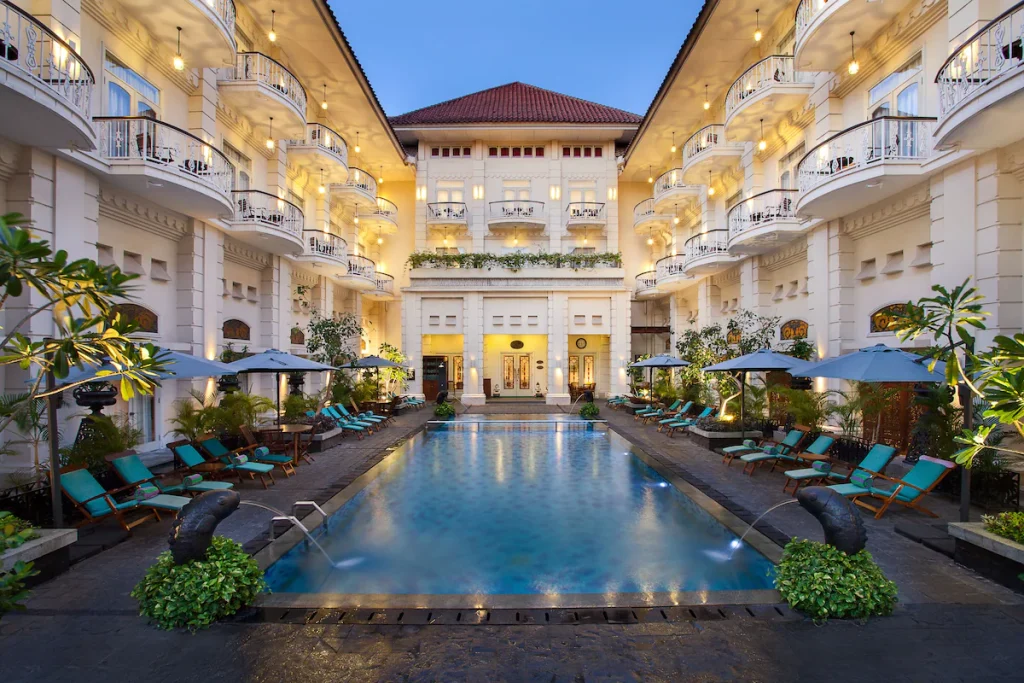Beyond Borobudur: Yogyakarta’s Hidden Gems & Soulful Journeys
Planning a trip to Borobudur and wondering what else the surrounding region has to offer? Nestled in Central Java, Indonesia, this UNESCO-listed temple is just the beginning. In this guide, you’ll uncover the hidden gems and soulful journeys that lie beyond Borobudur; from mist-covered hilltop viewpoints and lush rice-field backroads to village batik workshops and serene retreat-spots. Whether you’re looking for practical travel tips, off-the-track experiences or simply an unforgettable sunrise view, you’ll find it here.
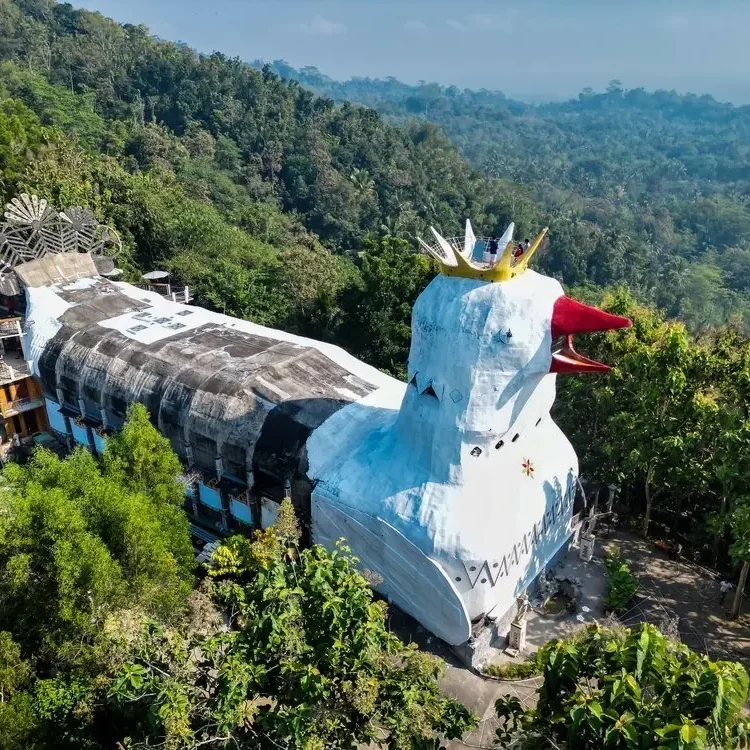
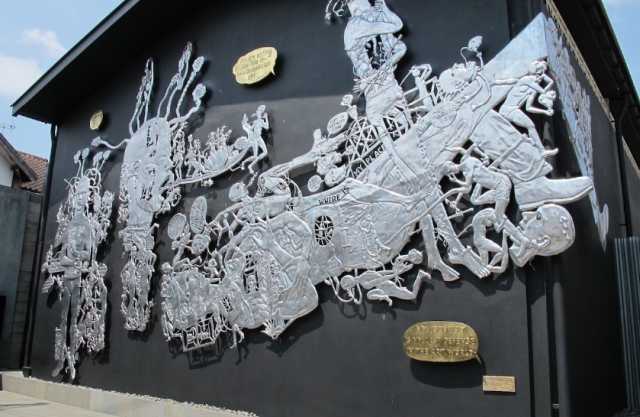
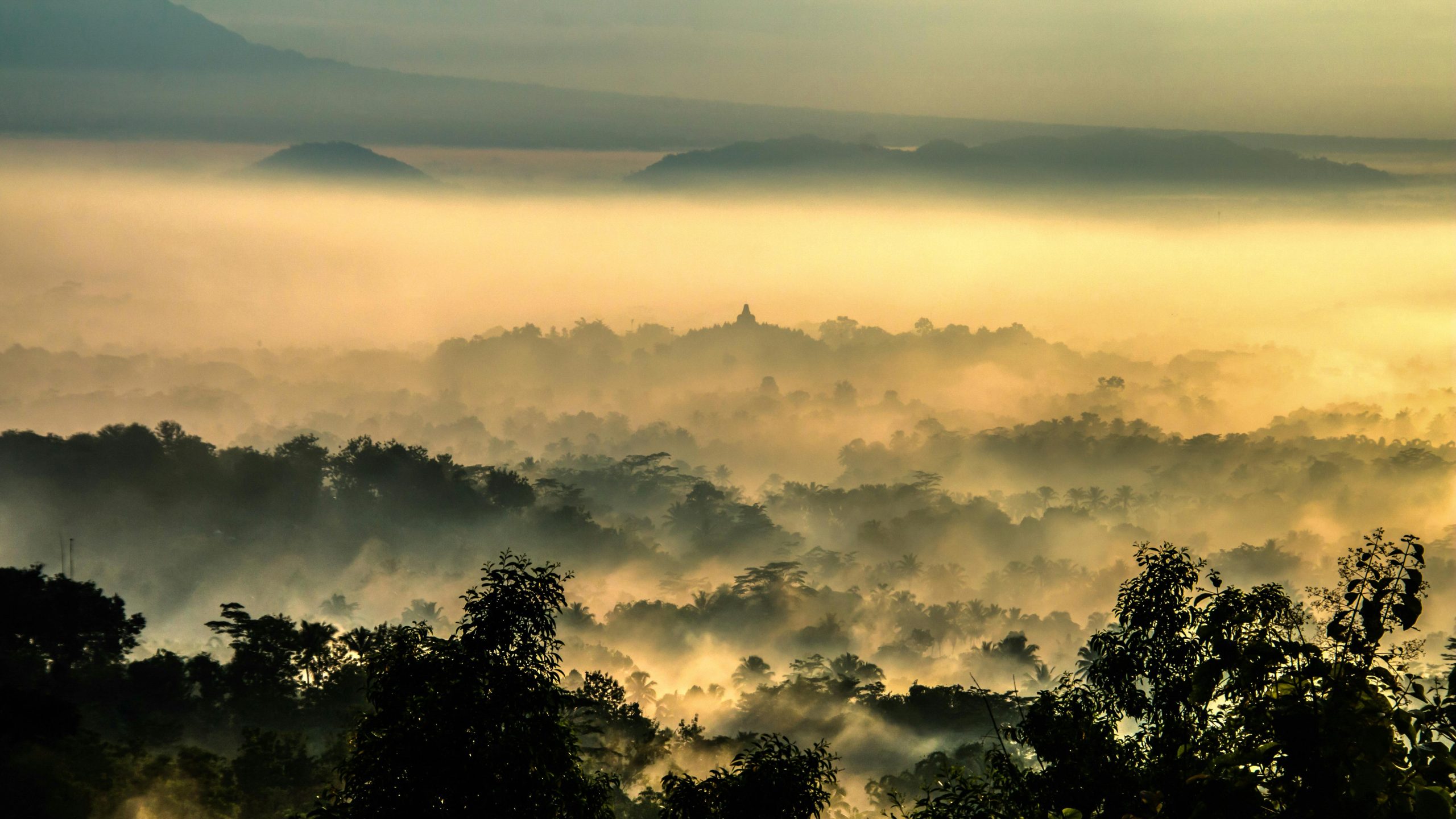
There’s something magnetic about Borobudur. No matter how many times we visit, the experience never loses its gravity. For a complete Borobudur travel guide to the temple itself, feel free to read my detailed article here.
This time, we did more than just visit, we stayed for a few days near Borobudur, a decision that proved to be incredibly rewarding.
The surrounding region is full of soulful experiences that go far beyond the temple gates. From wandering through charming villages and batik-making workshops to admiring lush rice fields and catching sunrise views from misty hilltops, every moment felt rich and grounded. We explored nearby temples steeped in history, joined a silent retreat at Mendut Vihara, popped into local art galleries, hopped on a vintage VW tour, and even tried rafting down the Elo River. Around Borobudur, every path leads to something meaningful.
So if you’re curious about what lies beyond the temple, keep reading.
The Sacred Trio: Borobudur, Mendut, and Pawon
After a smooth drive through villages and rice fields slowly waking under the morning sun, the majestic stone tiers of Borobudur appeared like an ancient dream carved out of mist. It doesn’t matter how many pictures you’ve seen; standing before it, you feel the solemn calm, the Iight of centuries, the stories sealed in every relief. For a deeper story about Borobudur, please read here.
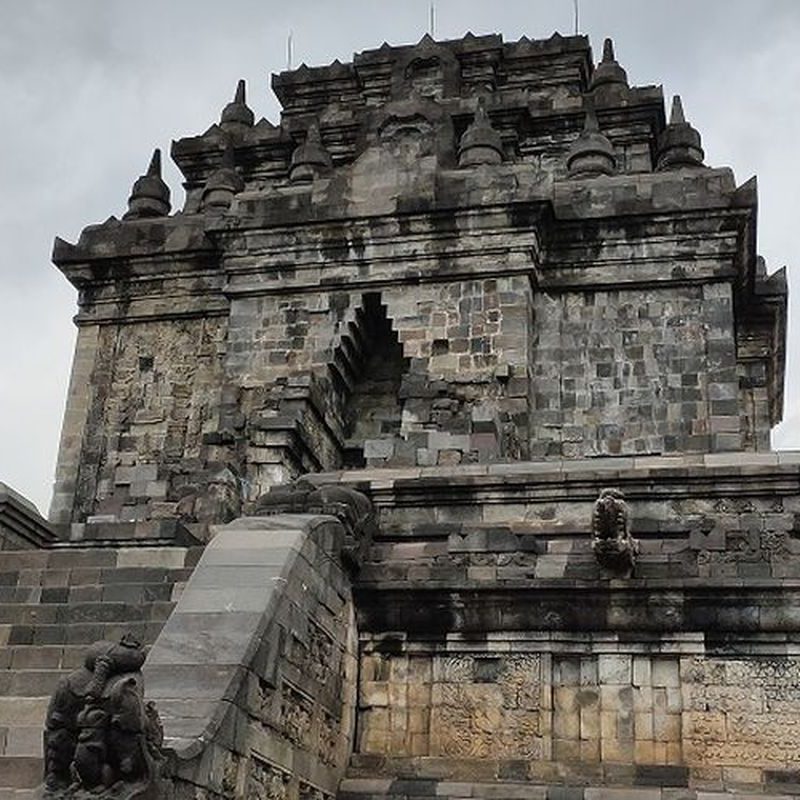
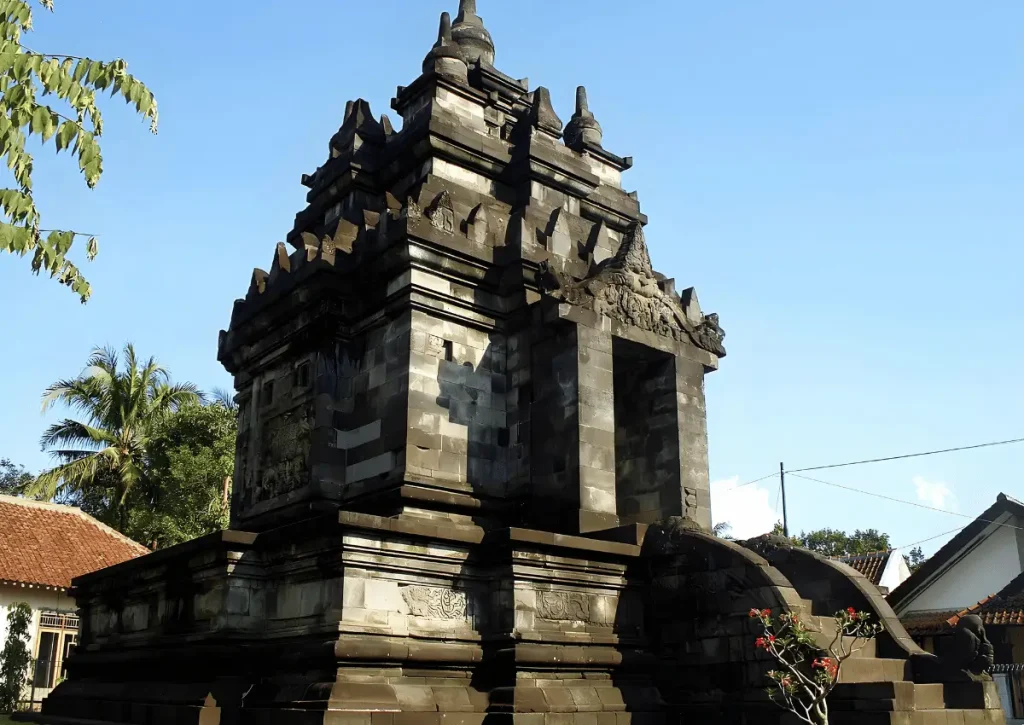
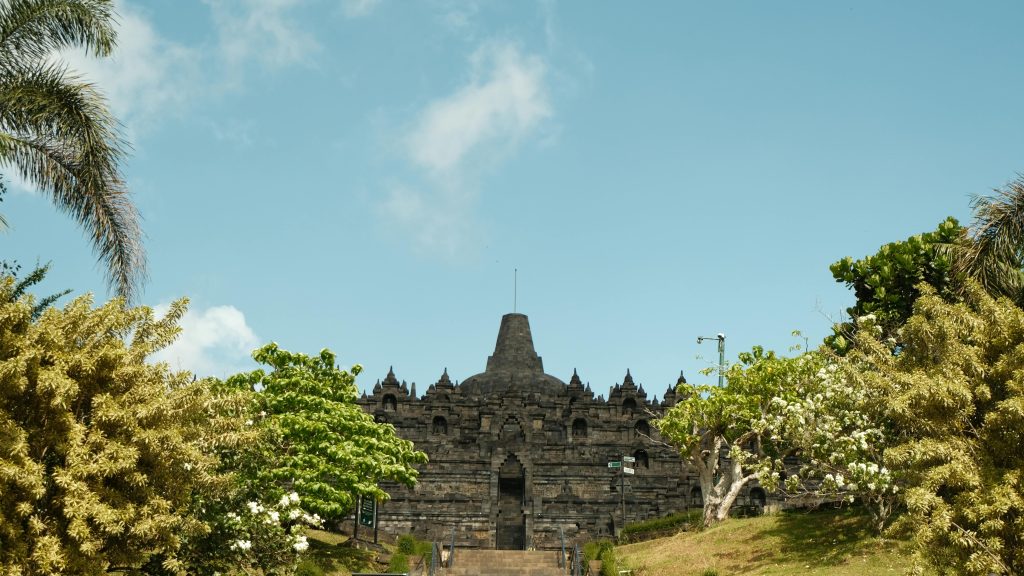
Borobudur is just one star in a constellation of sacred spaces nearby. We made my way to Mendut Temple, a smaller but no less profound sanctuary that holds a giant Buddha statue seated in calm benevolence. Just a short drive away, Pawon Temple stands in elegant mystery betIen Mendut and Borobudur, like a quiet guardian. Both temples are said to be spiritually connected to Borobudur, forming a sacred alignment that once guided pilgrims centuries ago.
Mendut, in particular, holds a special place in our heart.
Some time ago, we joined a five-day silent retreat at Vihara Mendut, a small monastery just beside the temple. It’s open to anyone, you don’t have to be Buddhist to attend. What matters is the willingness to be present, to sit in stillness, and to return to the breath again and again. We practiced walking meditation, where each step became a deliberate dance of awareness. Even meals Ire a practice in mindfulness; chewing slowly, savoring every texture and taste, noticing how even a spoonful of rice could become a moment of awakening.
No phones. No idle chatter. Just the silence, the breath, and the quiet support of others on the same path. One of the monks gently shared that Richard Gere, the Hollywood actor himself had joined this retreat a couple of times in the past. That little detail somehow made the experience feel even more universal.
The schedule of the retreat varies, but you can contact the vihara directly to inquire about the next one. It’s a profound experience, one that stays with you long after you’ve gone.
Immersing in Local Art
After days of spiritual nmyishment, we found myselves longing for another kind of soul food: art. Lucky for us, Magelang (the regency where Borobudur sits) offers plenty.
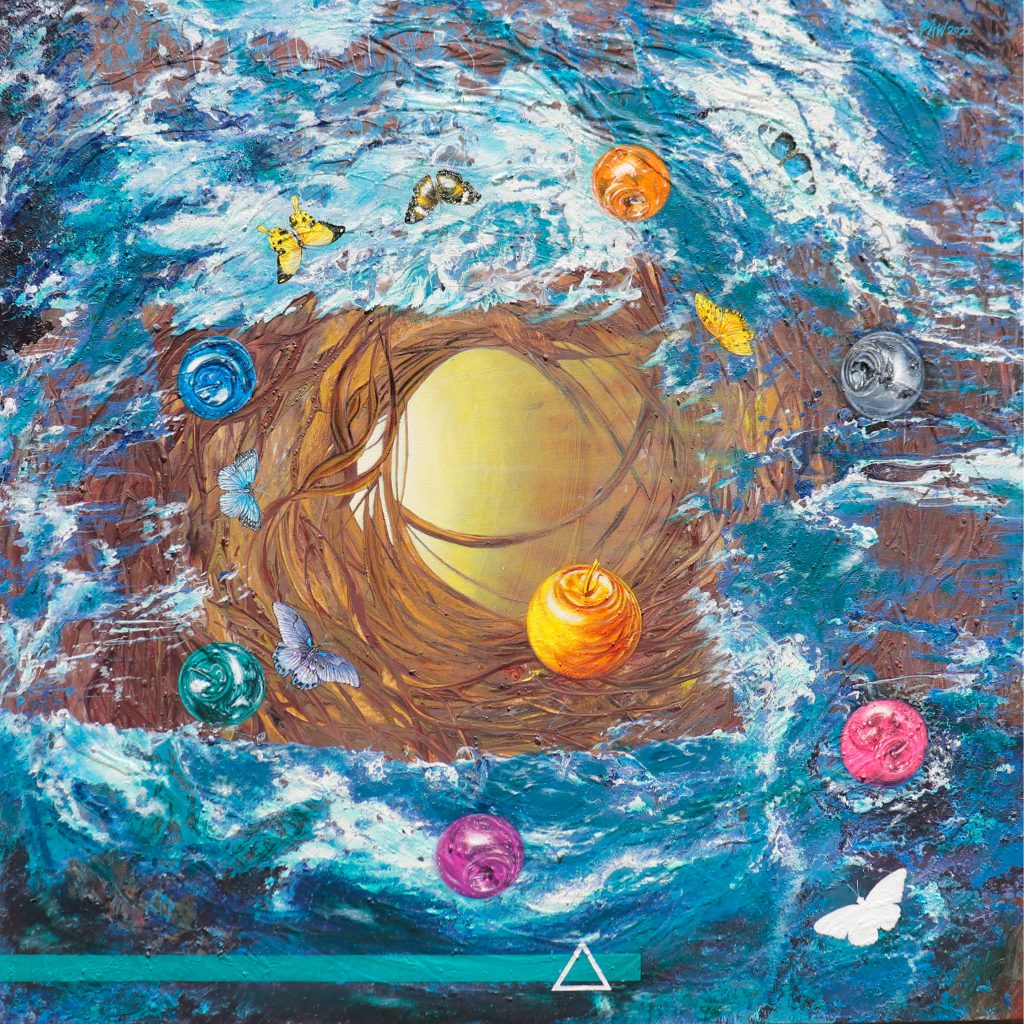
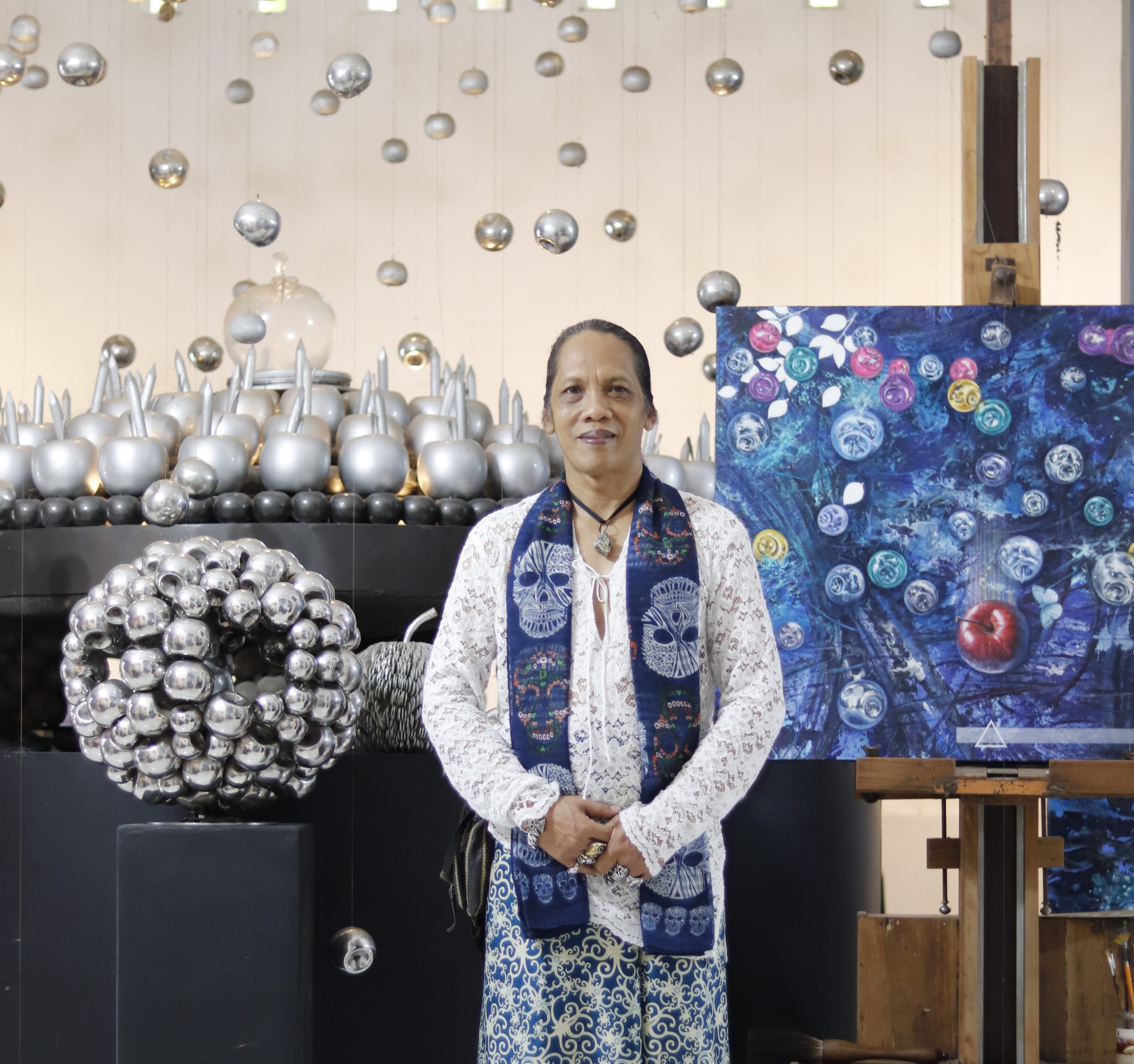
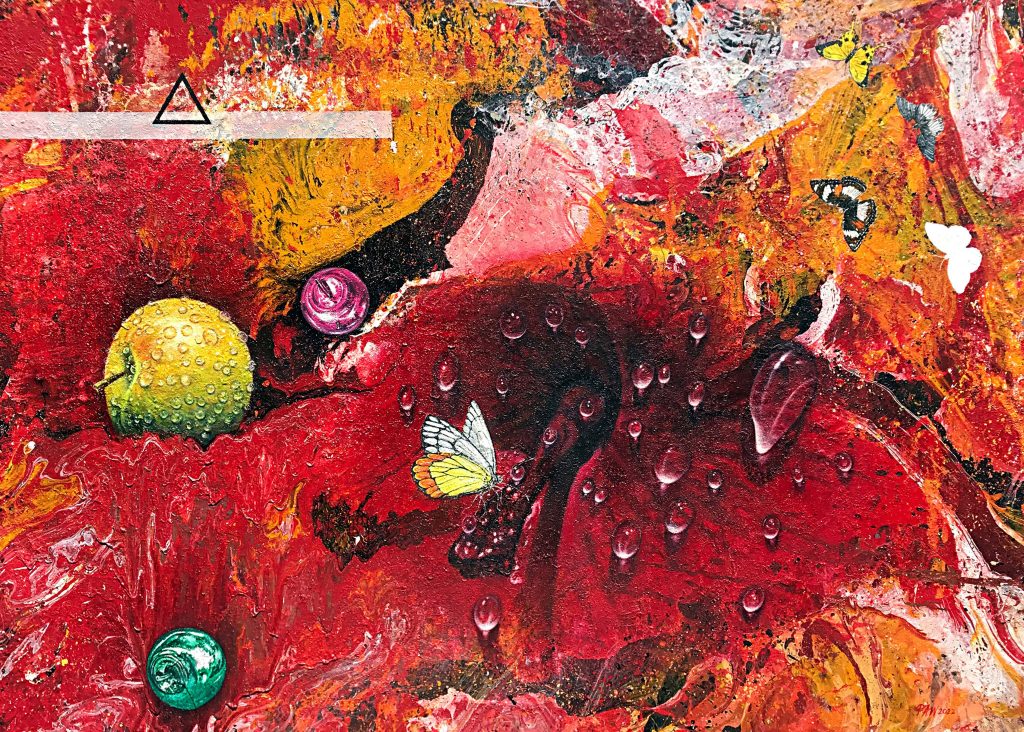
We visited Apel Watoe Gallery, a creative space owned by the artist Deddy PAW. Deddy is an established Indonesian artist who began his career as an art journalist for Daily Media Indonesia. Since 2003, his artworks have revolved around the theme of ‘the enigmatic apple’, symbolizing the complexities of human existence; love, passion, peace, but also evil, greed, and temptation. His apples are not mere still-life subjects; they embody humanity’s philosophies, teachings, and ideals. Deddy’s works have been showcased in numerous exhibitions and art shows across Indonesia and internationally, including countries like Singapore, Malaysia, South Korea, and France. We actually worked together with Deddy a couple of years ago for some art project with a gallery in Singapore, and we’d be more than happy to help anyone looking to start a collection of his works.
Next on our list was the legendary OHD Museum, founded by Oei Hong Djien (OHD), one of Indonesia’s most influential art collectors. OHD, born in 1939, is a living legend, his knowledge of Indonesian art is encyclopedic, and if you’re lucky, he might even personally guide you through the museum. We were fortunate to have such an experience. The tour was full of rare gems: experimental works from the ’70s, daring modern pieces, and paintings so intimate they feel like whispered confessions. The museum and his private collection (which spans over a thousand pieces!) regularly host exhibitions and artist residencies, often collaborating with both local and international creators.
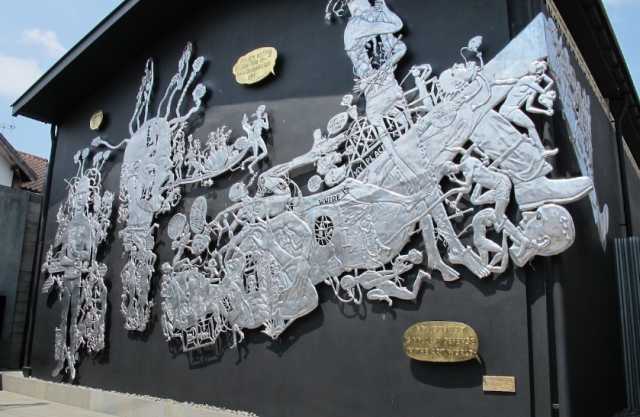
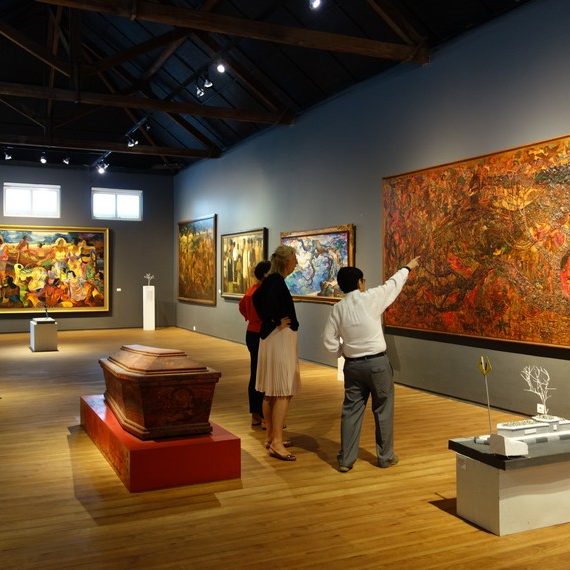
| credit: indonesiakaya.com
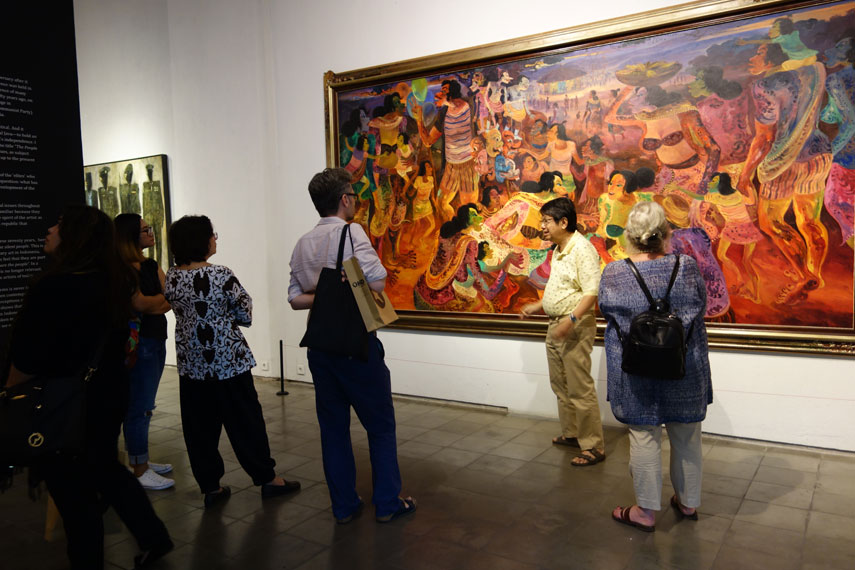
| credit: indonesiakaya.com
Nature’s Quirk: The Chicken Church of Rhema Hill
For nature lovers, or anyone craving panoramic wonder, the Gereja Ayam (Chicken Church) in nearby Rhema Hill is a must. Don’t let the name fool you, this giant bird-like structure was actually envisioned as a dove, a symbol of peace. It was originally intended as a multi-faith prayer house, and though construction was left unfinished for years, the building gained new life as a quirky destination and spiritual spot. From the top (standing on the “crown” of the chicken), the view is absolutely breathtaking. On a clear day, you can see Mount Merapi, Mount Merbabu, Mount Sumbing, and Mount Sindoro in the distance, like ancient giants slumbering in the haze.
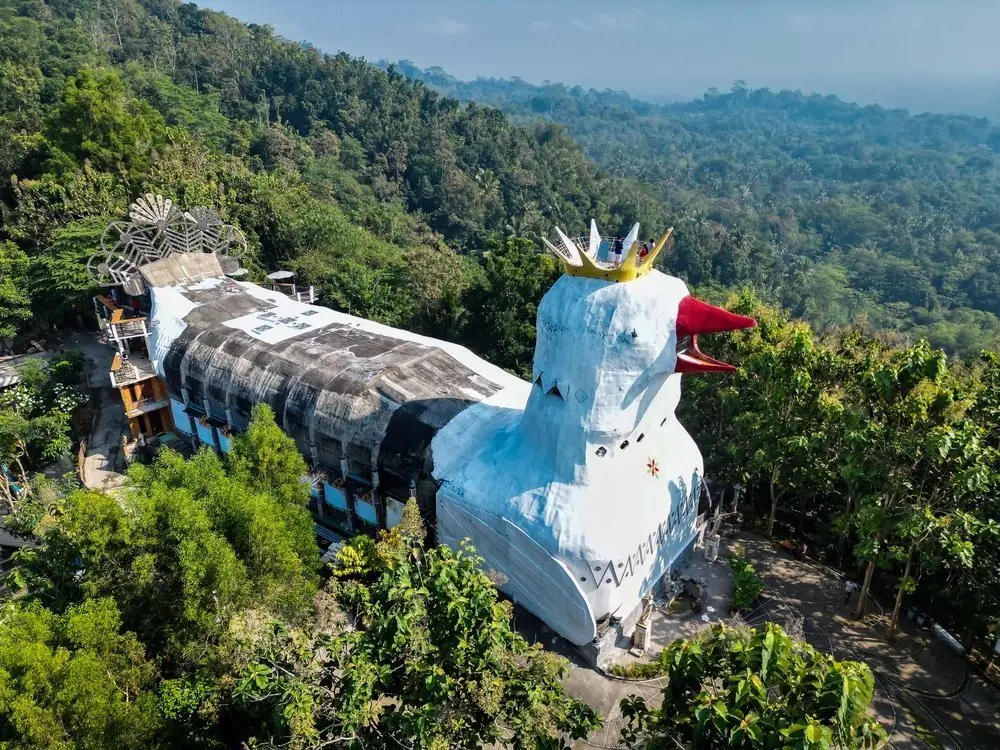
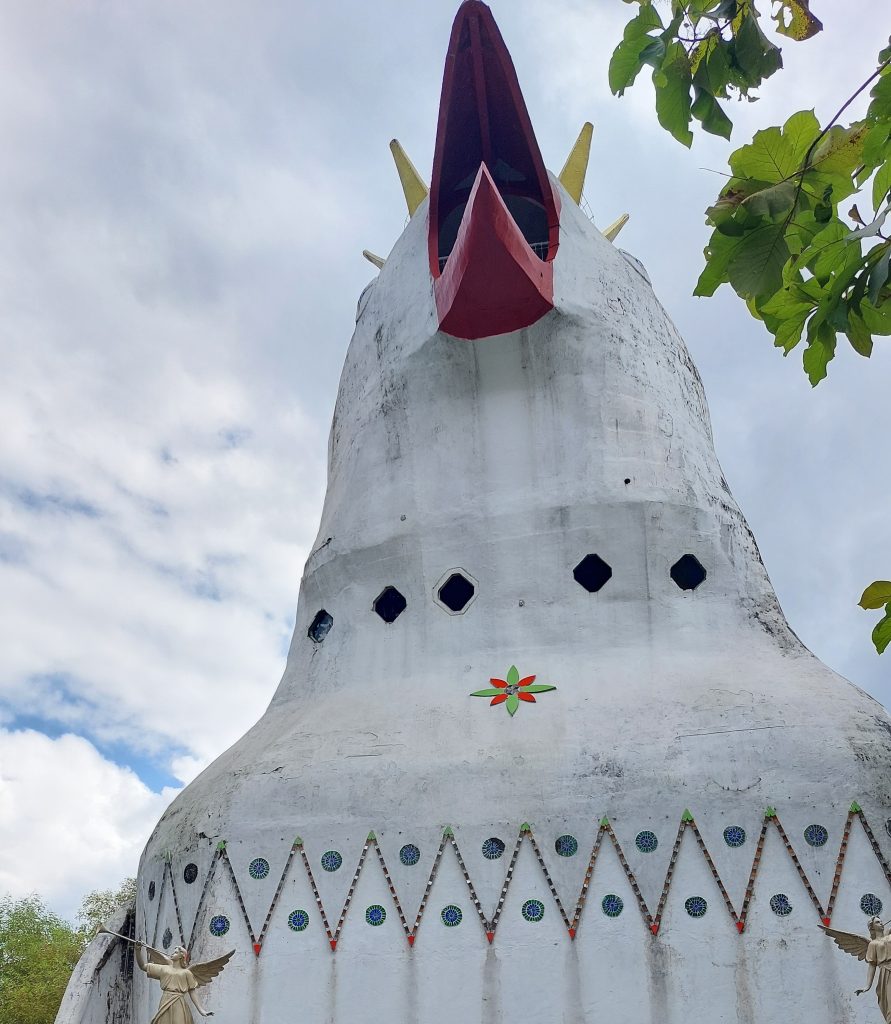
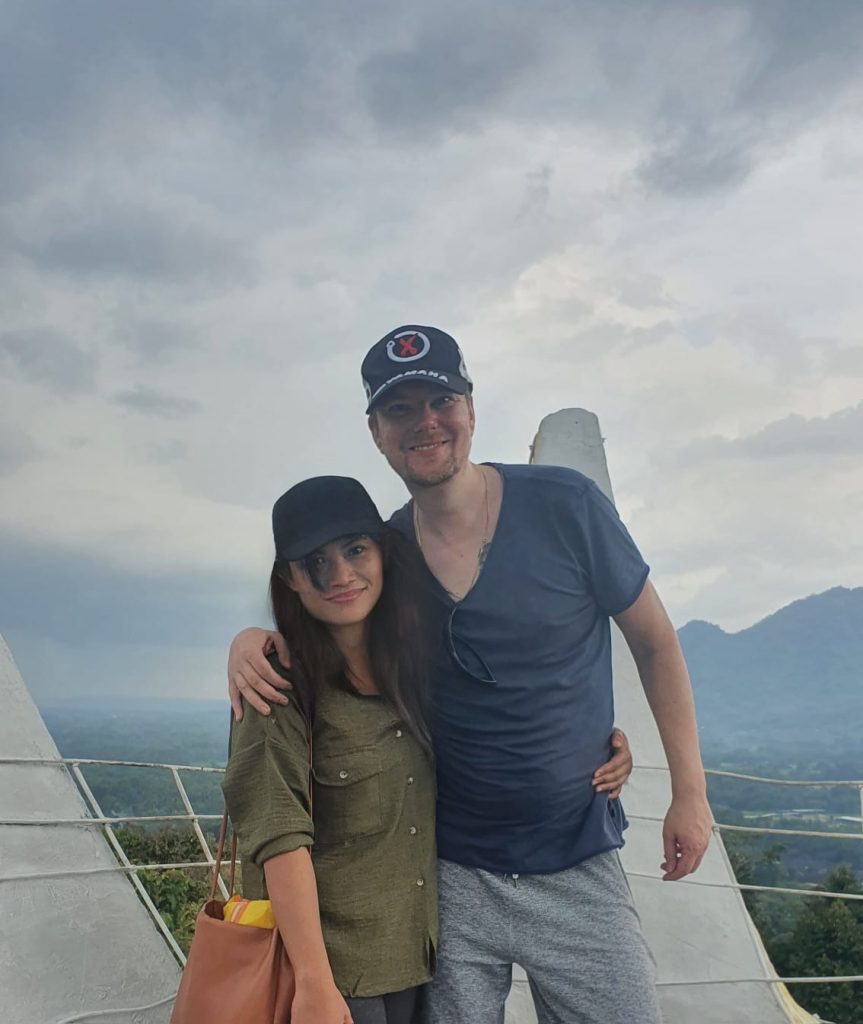
The Chicken Church has an intriguing history. Construction began in the 1990s, inspired by Daniel Alamsjah’s vision to build a multi-faith prayer house. Due to financial difficulties and local resistance, construction halted in 2000, leaving the structure abandoned for about 15 years. In the 2010s, as word spread and tourists began visiting, renovations commenced, transforming it into the unique attraction it is today.
Chasing Light: Borobudur Sunrise Spots
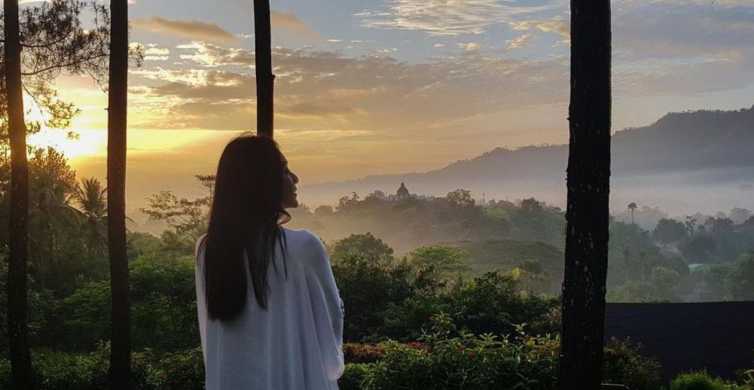
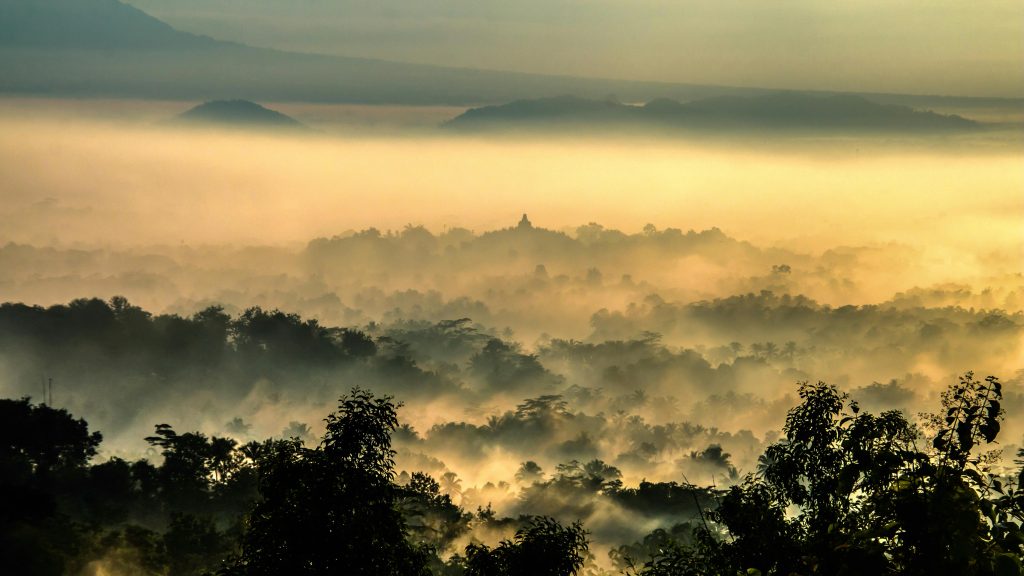
And of course, the sunrise. No Borobudur trip is complete without witnessing its silhouette bathed in gold as dawn breaks.
There are two main options: the Dagi Hill sunrise tour (booked through Manohara resort), or the Punthuk Setumbu Hill viewpoint, arranged through local agents. Both offer stunning scenes as the morning light slowly pours over the hills, revealing Borobudur in all its quiet glory. But be warned, this isn’t ideal in rainy season when clouds can hide the sun completely. Also, if you’re staying in Yogyakarta, prepare for a 3 AM wake-up call. It’s worth it, but not for the faint of heart.
After the sunrise, you can grab breakfast at Manohara resto (do double-check availability, as services sometimes vary). But for a more relaxed experience, we recommend staying near Borobudur for a few days like we did.
Ride, Roam, and Raft
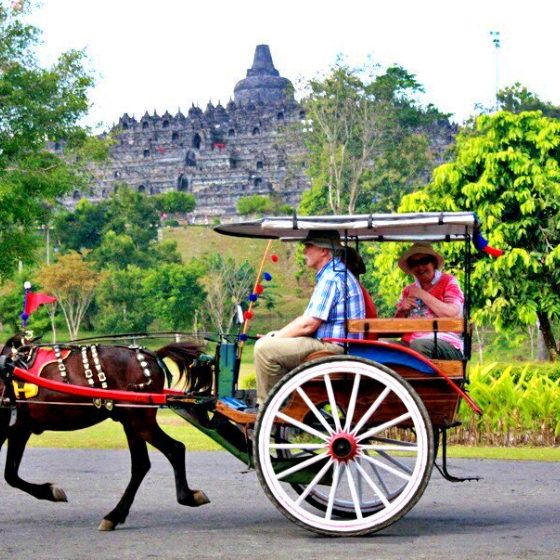
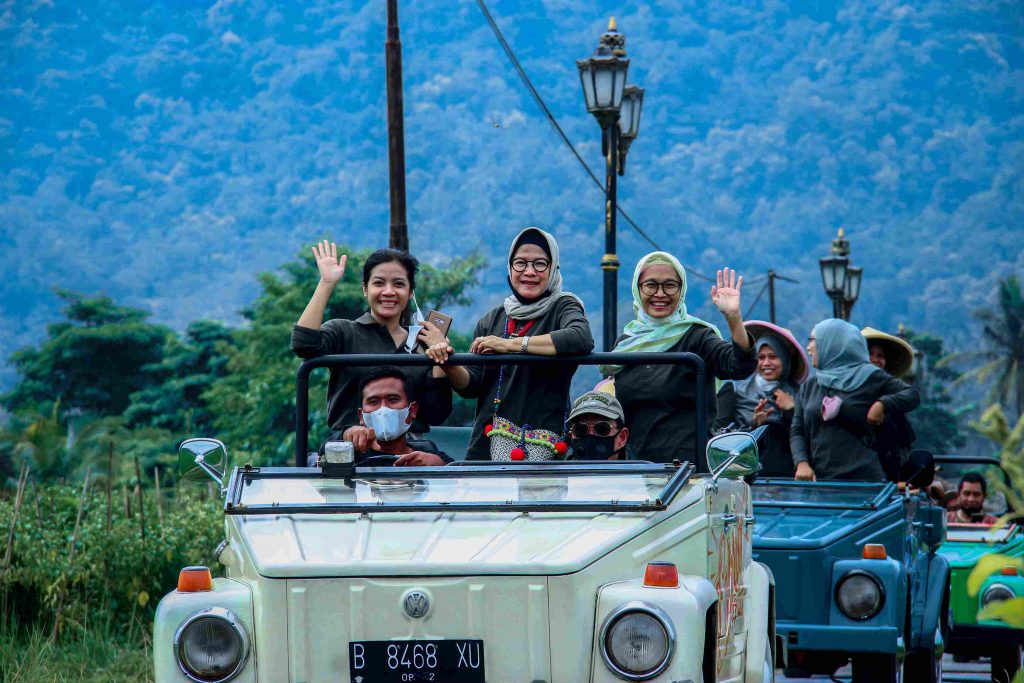
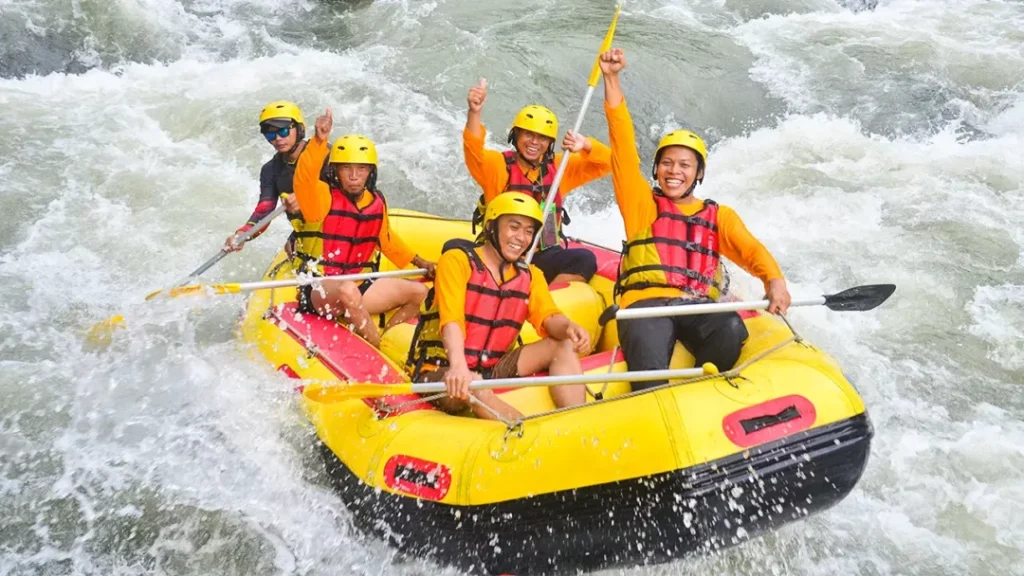
Exploring the serene countryside around Borobudur is an experience in itself, beyond the majestic temple lies a vibrant world of cultural and natural gems waiting to be discovered. One of the most fun ways to soak in the scenery is by hopping on a VW Safari Tour, where you can cruise through picturesque villages in a retro convertible, wind in your hair, rice fields stretching beside you, and the Menoreh Hills in the distance. These nostalgic rides can take you to local craft centers like gerabah (pottery) workshops, batik-making studios, and even bee farms where you can taste fresh local honey. Don’t forget to stop by Svarga Bumi for stunning photo spots among golden fields.
For a more traditional touch, you can also explore the area by bicycle or andong, a charming horse-drawn carriage still used in many villages. Many accommodations around Borobudur can help you arrange this, making it a romantic and slow-paced way to connect with the local rhythm. If you’re in the mood for adventure, head to the Elo River for a thrilling rafting experience surrounded by lush forest and volcanic rock formations.
Where to stay?
Our favorite place? Hotel Le Temple Borobudur, a chic retreat just minutes from the temple complex. Blending contemporary design with cultural touches, this boutique hotel features a serene pool, refined interiors, and curated art that gives the space a modern gallery feel. If you’re after a more luxurious stay, Plataran and Amanjiwo are top-tier options that offer world-class comfort and stunning views.
For the complete guide, We’ve carefully curated the best accommodations near Borobudur that truly embrace the spirit of slow travel; from luxurious retreats to charming budget gems. Click here to explore these thoughtful stays!
A Note From The Road ✍️
This journey, through sacred stone, silent breath, expressive canvas, soaring hills, and river bends, reminded us of what it means to travel not just to see, but to feel. To pause. To listen. To be here, fully.
And sometimes, that’s the most beautiful destination of all.

